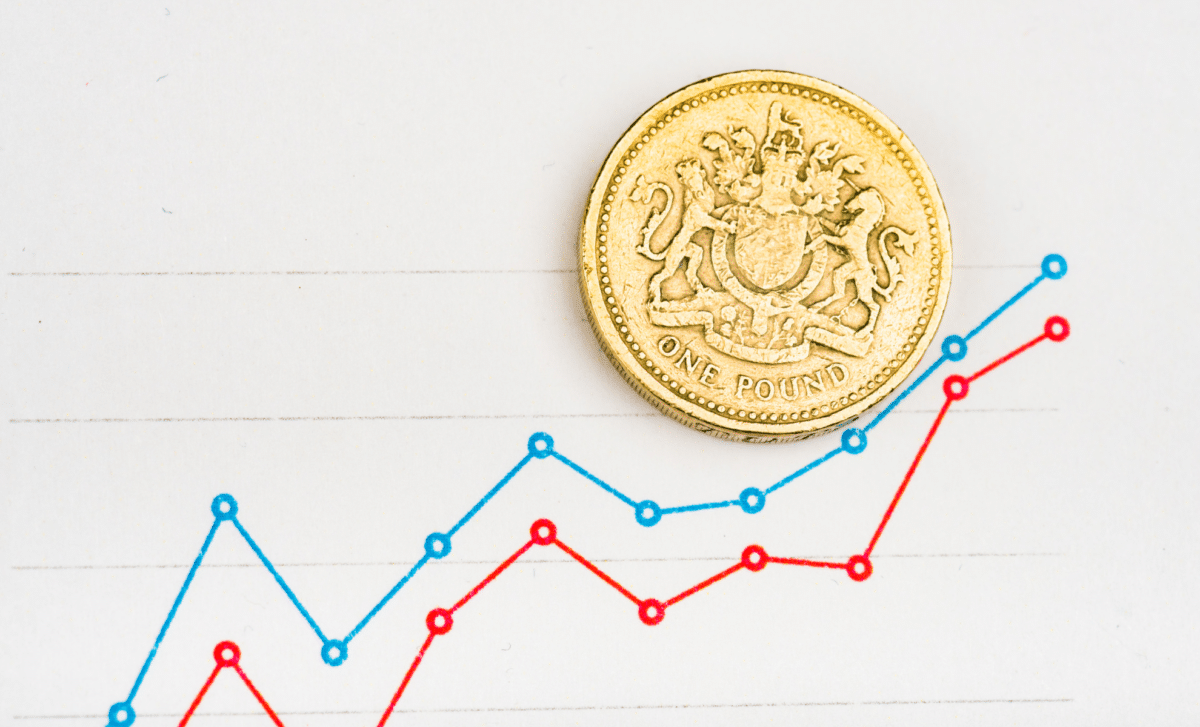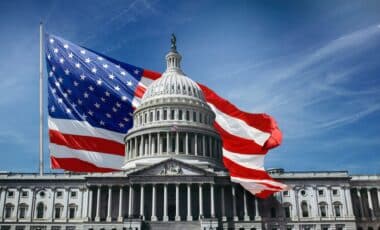In Thursday’s London session, the pound sterling (GBP) shows resilience versus the US dollar as traders anticipate that the Bank of England (BoE) would follow the Federal Reserve (Fed) in cutting interest rates.
Pound Strengthens on Delayed Rate Cut Expectations and Fiscal Stimulus
Besides the anticipations that the Bank of England will delay interest rate cuts compared to G7 central banks, the Pound Sterling strengthened further following the UK budget announcement for 2024, which unveiled the extent of its fiscal stimulus.
The Chancellor Jeremy Hunt highlighted on Wednesday that the United Kingdom’s government plans to reduce public sector net debts and budgetary deficiency while stimulating the growth of the economy.
Moving ahead, future estimates of inflation will be provided by the UK’s Average Earnings figures for the period of three months closing in January, which is scheduled for publication early next week.
The rate of wage increase has continued to be nearly twice as high as what is needed to maintain consistency and bring inflation down to 2%.
A strong momentum for wage growth would temper expectations of rate decreases in the market, which would be advantageous for the pound sterling.
Conversely, figures from the United States’ JOLTS Job Openings for January and ADP Employment Change for February indicated a slowdown in the demand for labour. As a result, the US Dollar is under increasing downward pressure. Re-entering a monthly low around 103.20 is the US Dollar Index (DXY), which gauges the value of the Greenback versus six major currencies.
There is still ambiguity over the date of the Fed’s rate cut, as Chair Jerome Powell stated, “We do not expect it will be appropriate to reduce policy rates until we have greater confidence in inflation moving sustainably toward 2%,” in his prepared statement in the semi-annual monetary policy report delivered to Congress.
The Factors Behind the Rise of the Pound Sterling
For the fifth trading session on Thursday, the pound sterling keeps winning. Following an upward breach of the Descending Triangle pattern that was produced on a daily time frame, the GBP/USD pair gets stronger. A new monthly high for the pair has been established at 1.2760.
If the previously described chart pattern is broken upward, wider-than-average ticks will form on the upside. Strong near-term appeal is indicated by the 20-day Exponential Moving Average (EMA) nearing 1.2670’s lean towards the north.
For the first time in more than two months, the Relative Strength Index (RSI) across 14 periods rises above 60.00. Since the market is overbought and there are no divergence signals, this suggests a significant upward momentum ahead.









